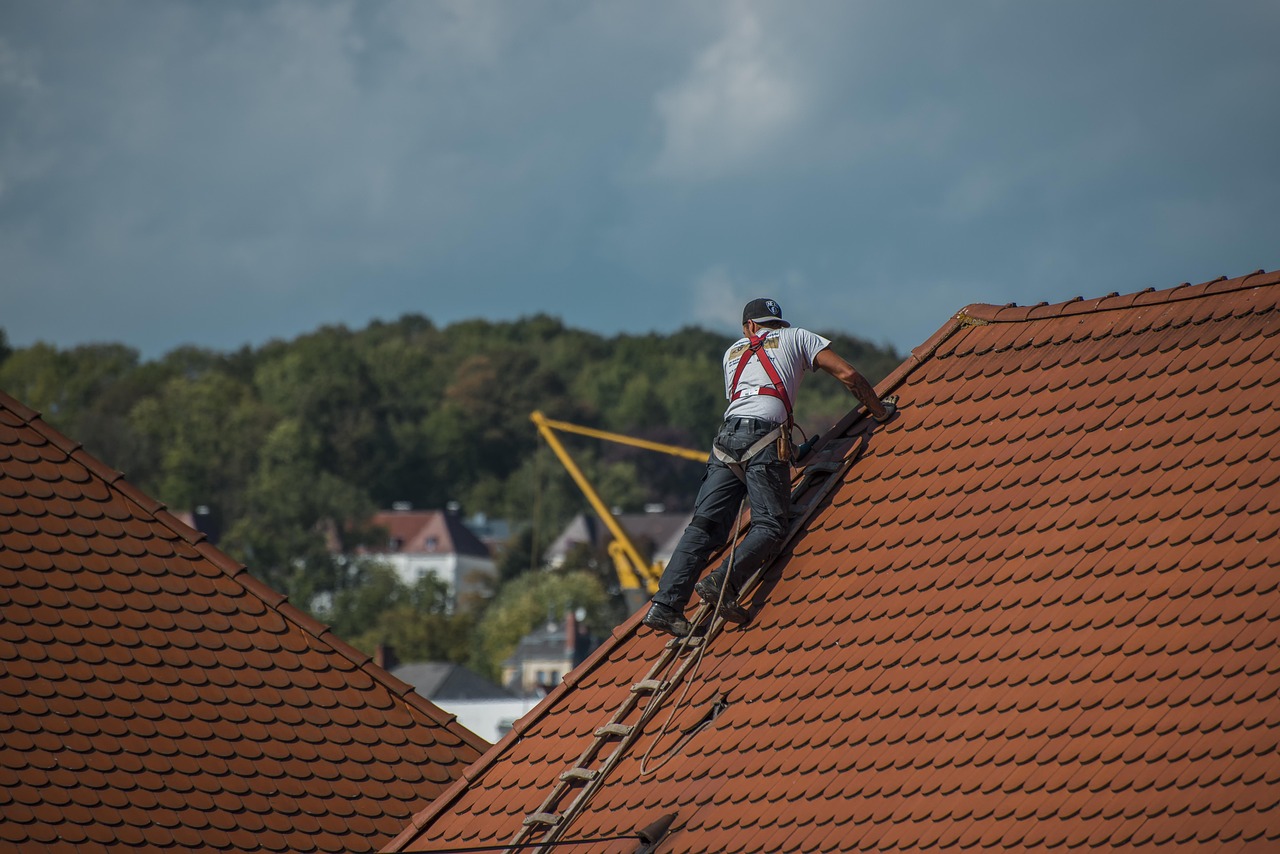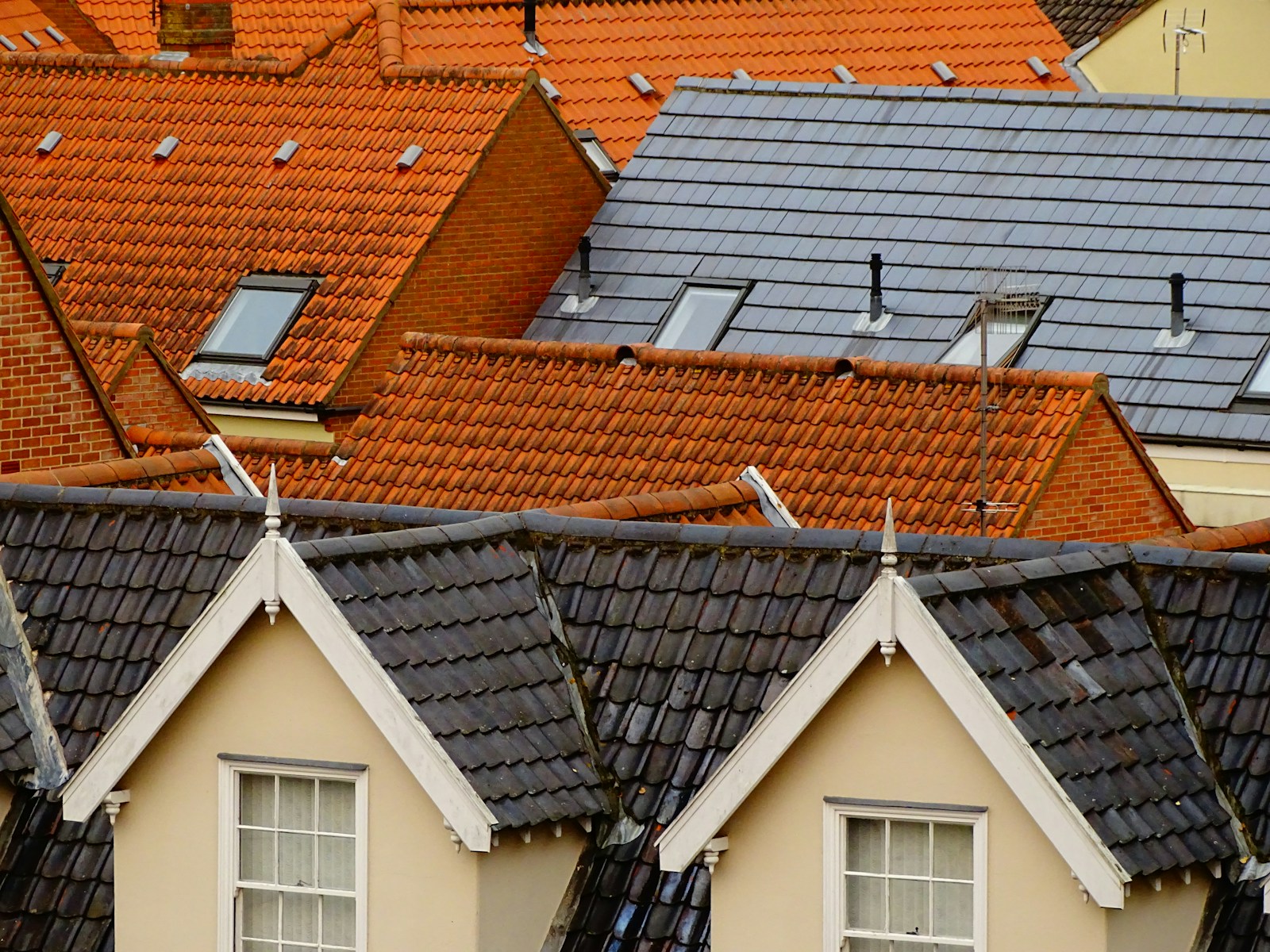Right. So here’s the thing. You don’t think much of the solar water heater. It just sits there on the roof. Like a loaf of bread someone left behind. Quiet. Until it isn’t. One day you’re minding your business, fixing the toaster maybe, then someone’s yelling from the hallway, there’s a brown spot blooming on the ceiling like mold on old brie. Not great.
Turns out, the overflow pipe on the solar heater’s been doing an enthusiastic job at not going where it should. Instead of out to freedom, it’s just… been watering your roof deck. Like it’s auditioning to be a garden. Flat surfaces don’t tend to appreciate that sort of affection.
First thing, don’t act heroic
This isn’t the time for YouTube courage or elbow grease philosophies. If the deck’s gone wobbly, warped like a cassette left on the dash in July, just don’t walk on it. You’re not MacGyver and this isn’t a boat. That roof may look like it’ll hold you, but it’ll croon a different tune once you’re up there with a crowbar and bad decisions.
I stood up there first time wearing flip flops like an idiot and nearly did an unintended slip ‘n slide. That roof was angrier than a possum in a rain barrel. Took me three tries just to get a ladder to lean right.
Peeling back the onion, or plywood I guess
You ought to pull the shingles or tiles or that weird faux-metal sheet you thought looked rustic. Do it gently. Ha. No, rip them off like regret. Layer by layer. You might find the deck’s puffed up, wavy like corrugated cardboard on a damp day. The wood underneath—probably OSB or cheap plywood ’cause no one pays attention to what’s under their feet—will be soft. Not squishy, but you’ll feel it. Like bruised fruit.
Sometimes it’s black. That’s real bad. That’s mold. That means you left it too long. That means your roof’s got lungs now and they’re not happy.
The first thing you notice about real metal tiles is their metallic color. Our most popular material is aluminum, but our copper plates are second, followed by tin plates. All of these styles have natural metals and come in a variety of shapes and patterns.
https://novadecorative.com/difference-of-metal-and-faux-metal-ceiling-tiles/
Cutting out the rot, literally not metaphorically
Okay, saw time. Reciprocating saw if you’ve got one that doesn’t smell like burning. Don’t make clean cuts unless you like measuring things twice. Just hack out the bad patches in jagged rectangles shaped like Nebraska. Life isn’t a Dremel commercial. Replace with plywood of the same thickness. Or here’s a wrench in the gears—what if the original builders were feeling cheap and stuck 7/16” instead of 5/8”? Measure twice if you can still count in fractions.
Oh—gloves. Wear them. Splinters suck and tetanus is not just a word from old-timey films.
If joists are damp or bowed? Forget patching. You need to sister them. Which is a nice way of saying “screw more wood to the old wood and pray it works.” Just make sure they’re level. Or level-ish. Ish is your friend here.
Sealing it all like a Tupperware full of regret
New decking down, now you got choices. Underlayment, self-stick membrane, fancy rubber stuff? Listen. Just get something waterproof and flexible enough not to tear if a bird thinks your roof’s a landing zone. If it’s winter… well, good luck. Tar and frost go together like banana peels and pride.
Don’t rush the shingles or metal or whatever topper you’re using. Put them down like you’re laying your reputation on that roof. Don’t skimp near the overflow. You already learned that lesson, remember?
And now, the kicker.
Fix the actual flippin’ overflow, won’t ya?
Don’t get all poetic fixing the decking and leave the overflow doing jazz solos every other Tuesday. Run that pipe somewhere smart. Away from the roof. Into a gutter. Out a scupper. Anywhere but back onto the deck.
Use elbows, extensions, maybe some prayer. Strap it in place. Make it boring again, like that accountant uncle at Christmas. You want the water heater to be dull and predictable and absolutely not the cause of architectural sad songs.
The brain fog part: What did I just do?
When it’s all done – patchwork re-shingled, heater drip redirected, layers sealed like grandma’s lasagna – you start to feel odd. Both victorious and kind of violated. Your roof was soggy. You touched its guts. There’s an intimacy to that. Bit weird, but true.
Maybe it still creaks when the wind hits. Maybe you second guess every rainstorm. Maybe next time, you check things before they’re a problem. But probably not. People don’t work like that.
Anyway, that’s how I did it. Kind of. Might’ve forgotten a step. There’s always a step you forget until it’s 1 am and you’re sliding off the roof with a headlamp and a bag of screws. Good luck, or whatever the substitute is for luck when it comes to roofs and overconfident homeowners.





